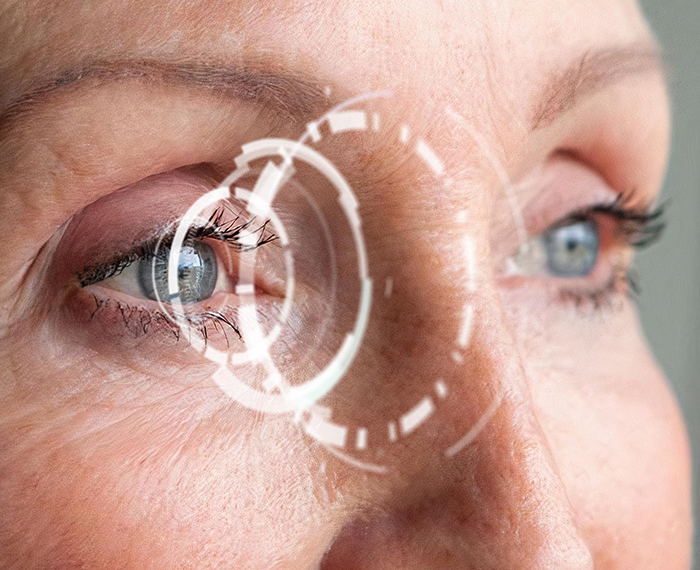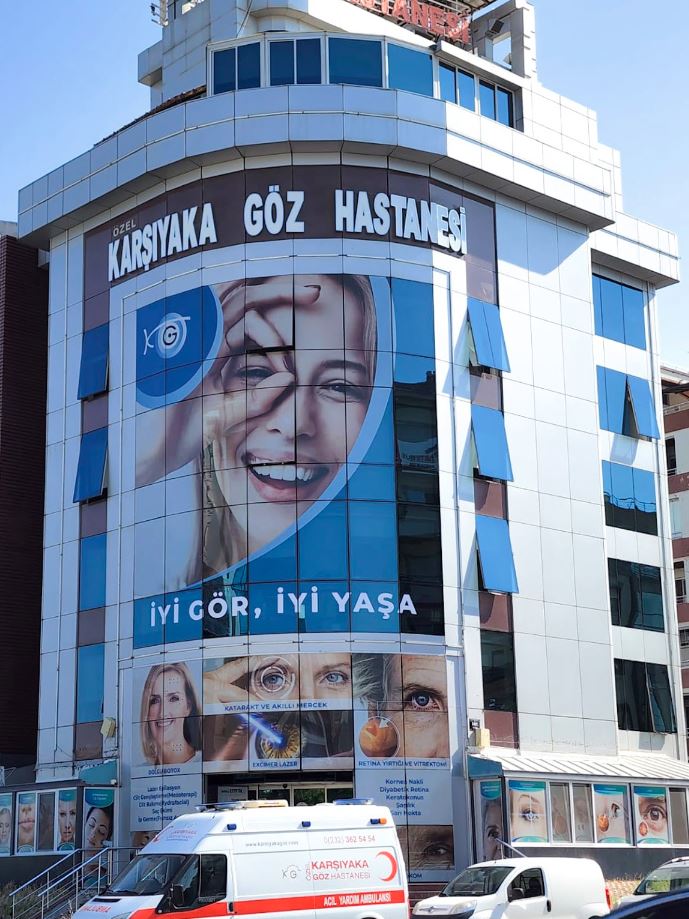
Göz Hastalıkları
Trifocal Lens
Trifocal Lens Surgery
(Intraocular Lens)
Trifocal lenses, which are often mentioned by everyone recently, are actually multifocal and trifocal multifocal lenses in ophthalmology. These intraocular lenses, commonly referred to as “Trifocal Lenses Halk, have long been used for appropriate patients during cataract surgery. Intraocular lenses are divided into monofocal, multifocal and trifocal 3 focal.
Patients who wear monofocal monofocal lenses during cataract surgery do not generally use distant goggles after surgery, but use glasses for close reading.
Multifocal lens wearers do not have to wear glasses both distant and soon. In cataract surgery, people with multiple focus lenses can read without glasses, use computers and watch television, and continue their daily life without glasses.
During the cataract surgery, the doctor determines which lens will be suitable for the patient according to the structure of the eye.
Multifocal lens wearers do not have to wear glasses both distant and soon. In cataract surgery, people with multiple focus lenses can read without glasses, use computers and watch television, and continue their daily life without glasses.
During the cataract surgery, the doctor determines which lens will be suitable for the patient according to the structure of the eye.
What is Trifocal Lens?
Why is it preferred?
Everyone has a natural lens in the eye. This lens is transparent and elastic. Every time we look closer and further away, this lens focuses on the distance viewed by changing shape thanks to its flexibility. Thus, both distant and near are clearly seen.
As the age progresses, the natural lens in our eye first loses its flexibility, cannot change shape when looking close and become unable to focus close. At a later age, it loses its transparency and cataracts occur.
Usually after 40 years, our own lens that loses its flexibility can be replaced with a new one. The artificial lens, called Trifocal Lens, is replaced with the natural lens which is deformed by losing its properties. This new lens now has the ability to focus both far, intermediate and close, providing clear vision at any distance.
The eye number will no longer progress in the patient wearing the Trifocal Lens. Cataract surgery is performed once and no more cataracts occur in the eye.
As the age progresses, the natural lens in our eye first loses its flexibility, cannot change shape when looking close and become unable to focus close. At a later age, it loses its transparency and cataracts occur.
Usually after 40 years, our own lens that loses its flexibility can be replaced with a new one. The artificial lens, called Trifocal Lens, is replaced with the natural lens which is deformed by losing its properties. This new lens now has the ability to focus both far, intermediate and close, providing clear vision at any distance.
The eye number will no longer progress in the patient wearing the Trifocal Lens. Cataract surgery is performed once and no more cataracts occur in the eye.
Who can wear Trifocal Lens?
Generally, people who are over 40 years old, who have vision problems in the distance or soon or both and who want to get rid of their glasses for life are candidates for this operation. The age of onset of cataract has now decreased even earlier due to environmental conditions. Every eye with a multi-focus lens can see both far and close.
In younger patients, if the eye number is too high to be corrected by laser, Trifocal Lens treatment can be applied again.
If the person has a cataract and wants to see both the distance and the relatives without glasses without cataract surgery, then the Trifocal lens is the first choice.
People who have already been corrected by laser eye number can also be equipped with Trifocal lenses if they have trouble seeing far or close after cataract formation.
In younger patients, if the eye number is too high to be corrected by laser, Trifocal Lens treatment can be applied again.
If the person has a cataract and wants to see both the distance and the relatives without glasses without cataract surgery, then the Trifocal lens is the first choice.
People who have already been corrected by laser eye number can also be equipped with Trifocal lenses if they have trouble seeing far or close after cataract formation.
How Does Trifocal Lens Operation?
Two eyes are operated on different days. Between the two eyes, the patient is given a break for a few days or 1 week according to the conditions of the patient. The procedure takes about 10 minutes for each eye. The eyes are numbed with eye drops. There is no general anesthesia (except in special cases), stuns, or overnight hospital stays. It is a painless operation. By removing the natural lens inside the eye, a Trifocal intraocular lens is attached. After the operation, the eye is closed with bandage, the patient goes home, the eye remains closed with tape and the bandage is opened by the physician during the next day. The patient begins to see on the same day and returns to normal life.
The same procedure is applied to the other eye within a few days. Weekly and monthly checks are performed except for the use of drops for a period of time.
The same procedure is applied to the other eye within a few days. Weekly and monthly checks are performed except for the use of drops for a period of time.
What is the Importance of Multi-Focused Lenses?
They provide clear vision at close, far and medium distance in the eyes and are known as lifelong Trifocal lenses.
The most important feature of Trifocal lenses is the sharpness it provides at intermediate distance. Clear vision is also obtained at distances where computer quality, television viewing distance, kitchen counter access should be the most important.
The quality and type of the intraocular lens placed in the eye determines the eye health and visual quality of the patients after the operation.
Along with cataract, it helps to eliminate postoperative visual disturbances. There are varieties specific to myopia-hypermetropia-astigmatism disorders and eye structure in the eye of the person.
A clear view of the eye is provided.
The most important feature of Trifocal lenses is the sharpness it provides at intermediate distance. Clear vision is also obtained at distances where computer quality, television viewing distance, kitchen counter access should be the most important.
The quality and type of the intraocular lens placed in the eye determines the eye health and visual quality of the patients after the operation.
Along with cataract, it helps to eliminate postoperative visual disturbances. There are varieties specific to myopia-hypermetropia-astigmatism disorders and eye structure in the eye of the person.
A clear view of the eye is provided.









